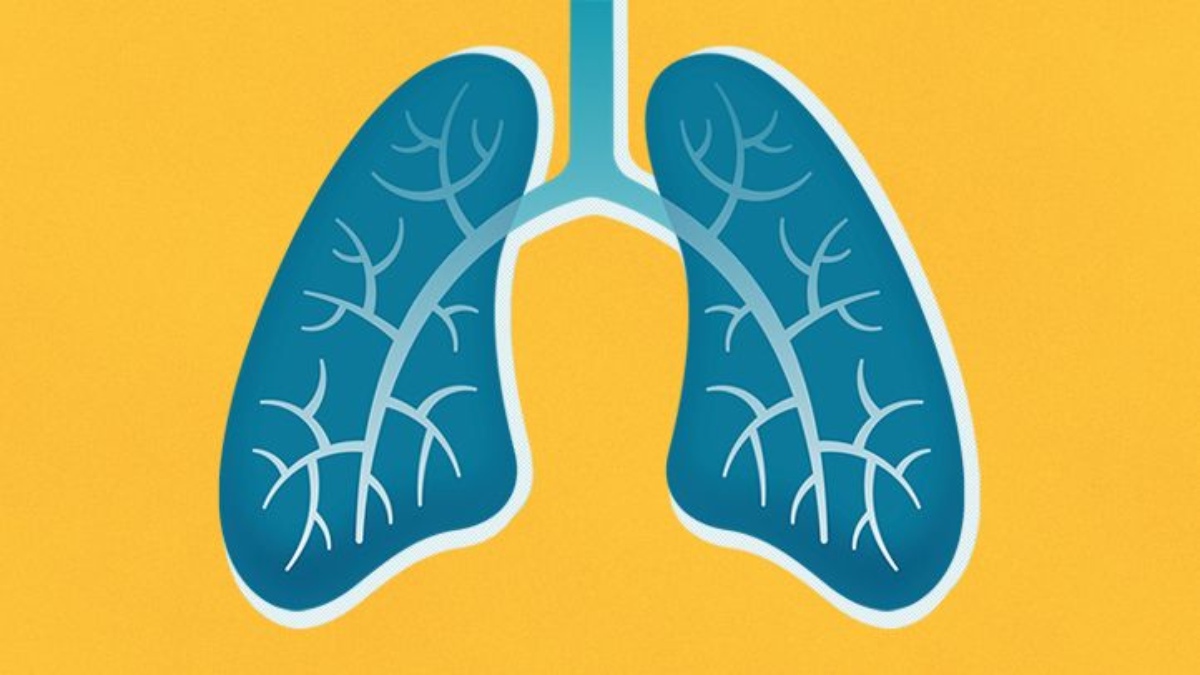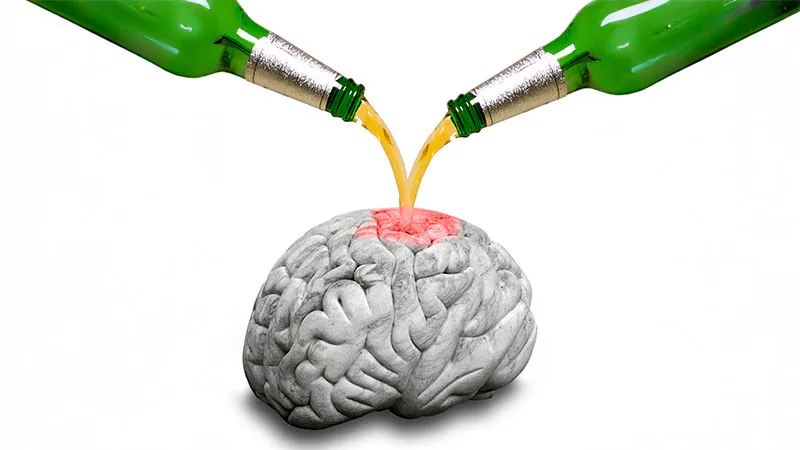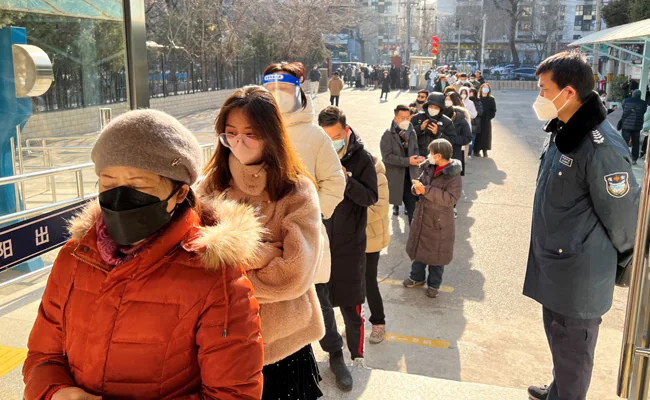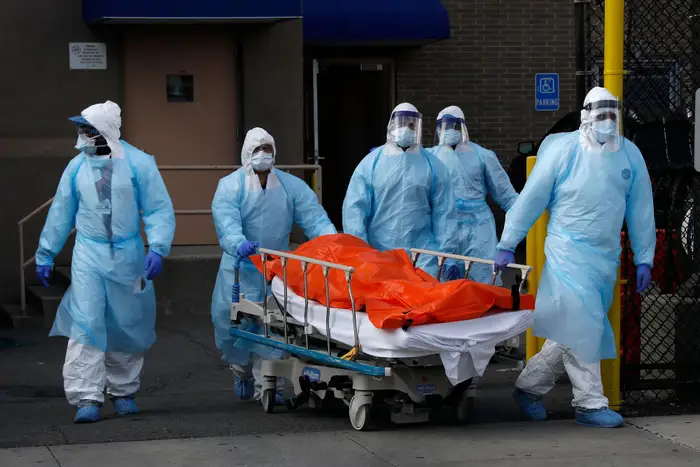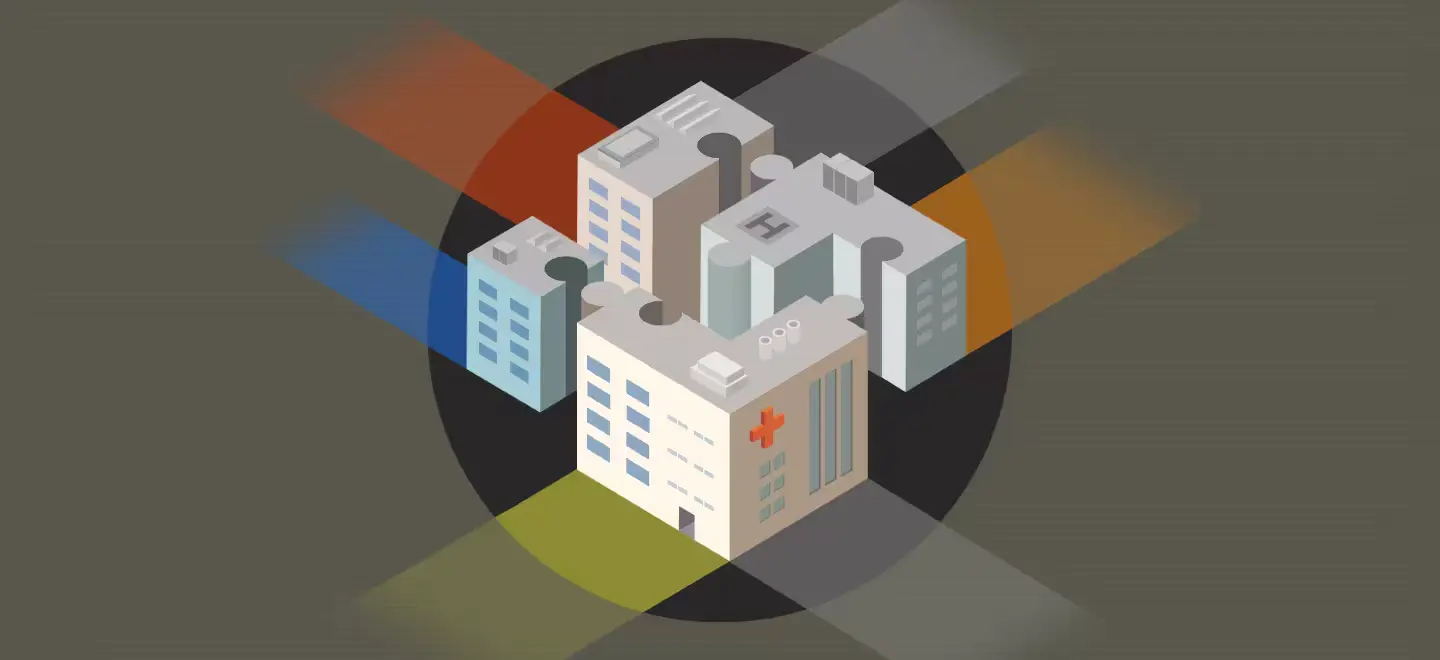A new study has found why short-lived lung infections can lead to long-lasting lung damage. The findings of the study were published in the ‘Journal of Clinical Investigation’. The deadliest time in a viral respiratory illness sometimes is actually after the virus is cleared from the body.
Destructive processes that are set in motion during an infection crest in the weeks after the virus is defeated, leading to organ damage that can cause chronic illness or even death.
After an initial bout of COVID-19, for example, some people struggle with a persistent cough, difficulty breathing and shortness of breath — signs of ongoing lung disease. Researchers at Washington University School of Medicine in St. Louis have found clues to just how lung damage develops in the aftermath of a respiratory infection.
Studying mice, they found that infection triggers the expression of a protein called IL-33, which is needed for stem cells in the lung to overgrow into air spaces and increases mucus production and inflammation in the lung.
The findings revealed potential points of intervention to prevent chronic lung damage caused by viral infections.
“Vaccines, antivirals, antibody therapies are all helpful, but they are not a solution for people who are already on the road to progressive disease,” said senior author Michael J. Holtzman, MD, the Selma and Herman Seldin Professor of Medicine and a professor of cell biology and physiology.
“We’ve gotten better at taking care of the acute illness due to COVID-19, but what happens after that initial injury phase is still a major obstacle to a better outcome,” continued Holtzman.
“At this point, we are also faced with tens of millions of people who already had an infection, and a high percentage of them are having long-term disease, especially with respiratory symptoms. We don’t have a treatment that can correct the problem,” added Holtzman.
It’s long been recognised that acute respiratory infections can lead to chronic lung disease. Children hospitalised with the respiratory syncytial virus, for example, are two to four times more likely to develop asthma that persists for long periods, maybe even for a lifetime.
How exactly an acute respiratory infection triggers the chronic disease, however, is not fully understood, making it difficult to develop therapies to prevent or treat it. As part of this study, Holtzman and colleagues, including first author Kangyun Wu, PhD, an instructor in medicine, studied mice infected with the Sendai virus.
Sendai doesn’t cause serious disease in people, but it naturally infects other animals including mice and causes respiratory infections that develop much like respiratory infections in people. The researchers examined lung tissues from mice 12 and 21 days after infection with the Sendai virus and compared the samples to lung tissues of uninfected mice.
They found that two populations of stem cells help maintain the barrier between the lung and the outside world in uninfected mice. After infection with the Sendai virus, however, these two populations separately begin to multiply and spread into air spaces.
Basal cells take over small airways and air sacs while AT2 cells remain confined to air sacs. Some of the new basal cells become mucus-producing cells while others release molecules that recruit immune cells to the lungs. Altogether, the process results in lungs with less air space, more mucus and ongoing inflammation that together interfere with breathing.
Further experiments showed that this process hinges on the protein IL-33. Under normal conditions, IL-33 increases in the nuclei of lung stem cells in response to stress or injury and helps the lung repair damaged barriers. During and after infection, though, IL-33 can take on a more detrimental role.

